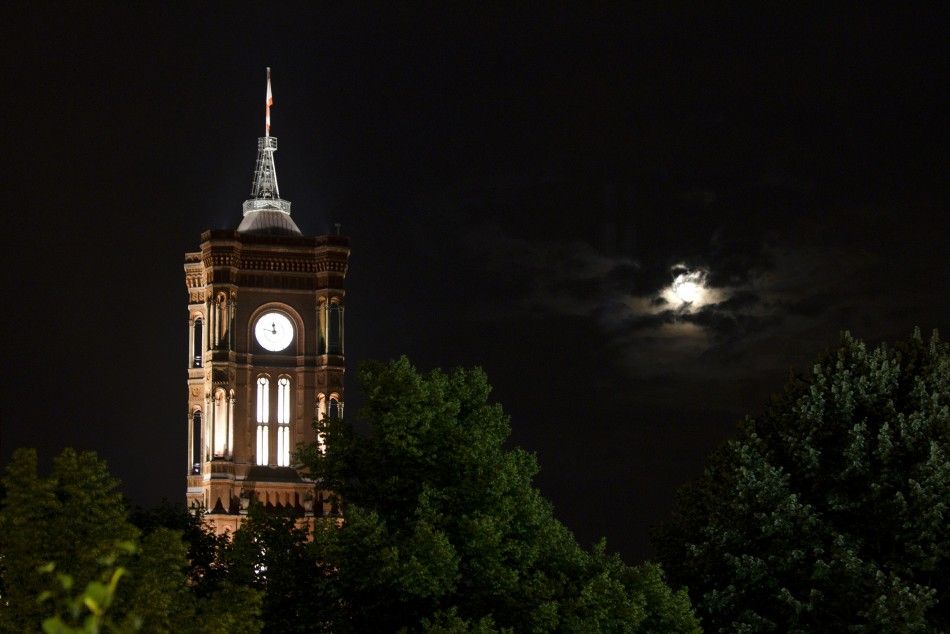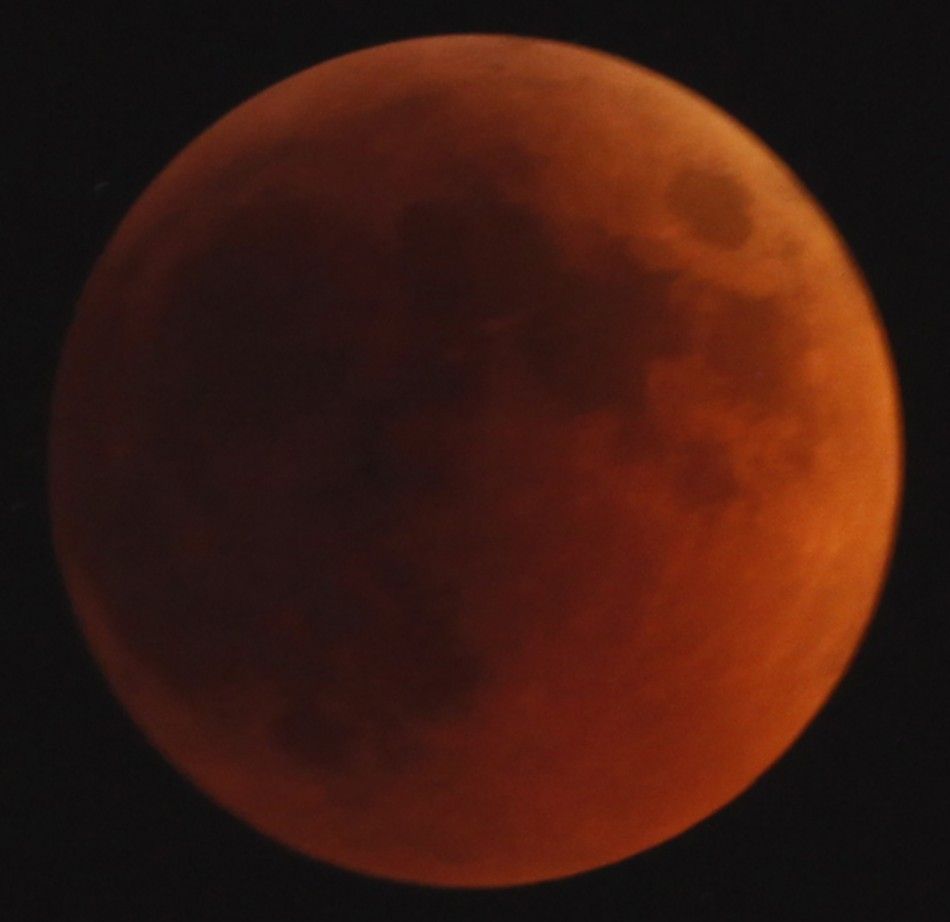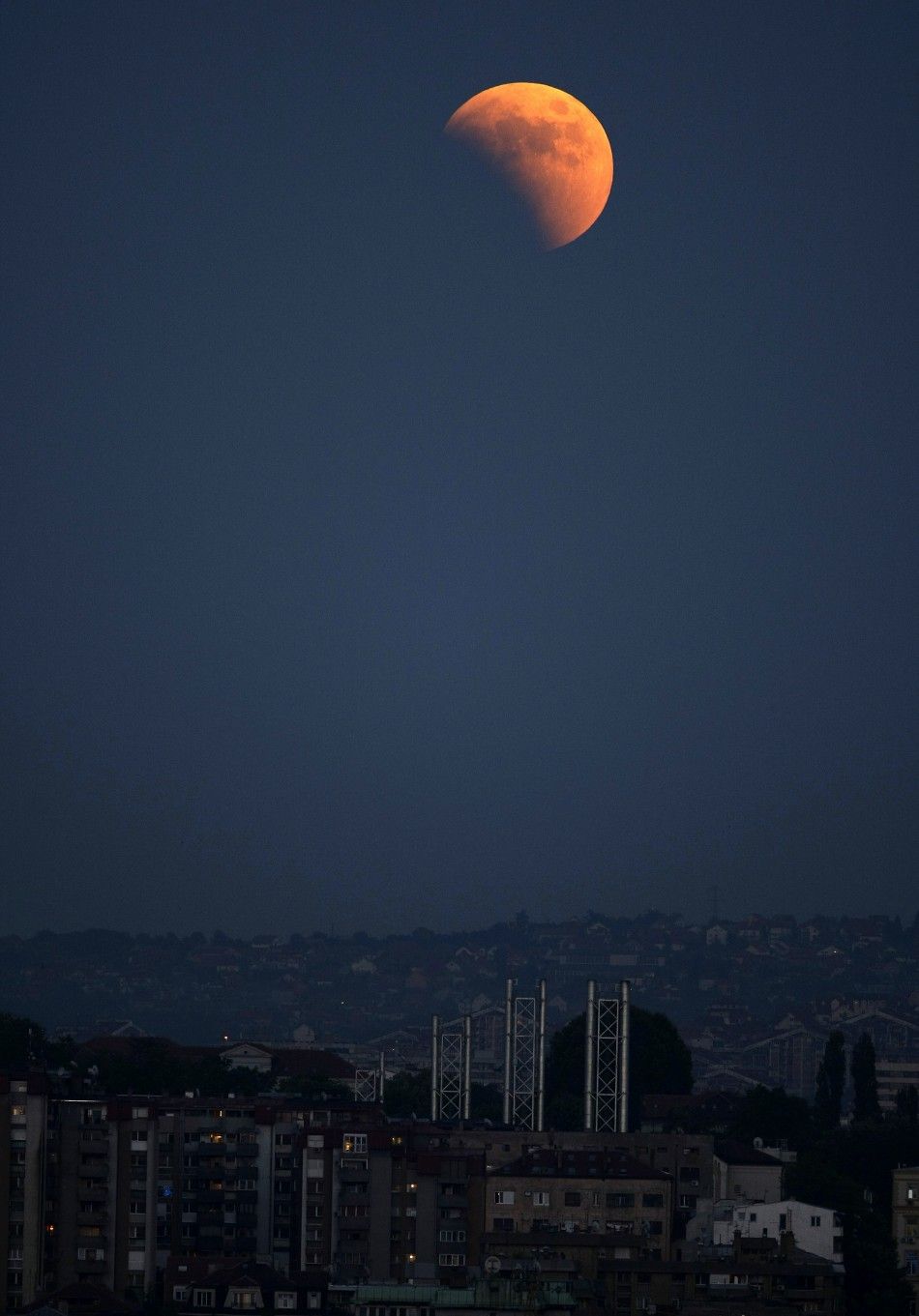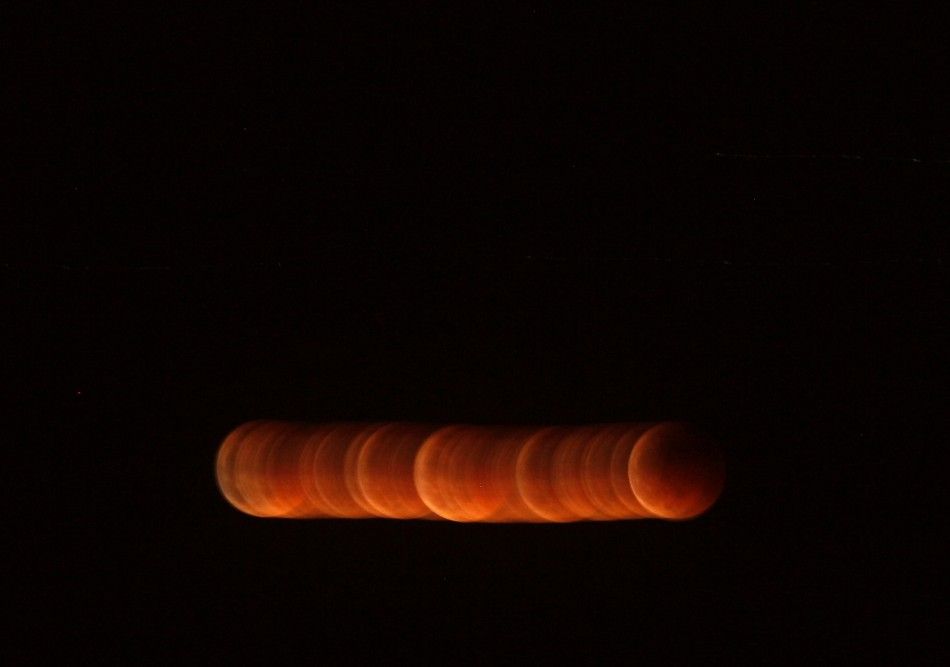Lunar Eclipse 2011: Spectacular red moon stars worldwide (PHOTOS)
Spectators across the world were treated with an event of their lifetime on June 15. In what, astronomer’s term as a spectacular show, the white moon turned blood red as the longest lunar eclipse in a decade as unfolded on Wednesday night.
The eclipse lasted 100 minutes and the next such eclipse is forecast to take place only in 2141.
The eclipse also found a place in history as, according to astronomers, the June 15 eclipse was among the best three in terms of length and totality that took place in the last 100 years in history. The last lunar eclipse closer to the center of Earth's shadow was on July 16, 2000, when it lasted 107 minutes.
The Herald Sun quoted Martin Bush, curator of Melbourne Planetarium stating that it would be the longest one since 2000 - which was one of the three longest since 1000 BC.
The decade’s darkest and longest eclipse was observed over the evening skies in Serbia and other parts of Central and Southeast Europe. The eclipse occurred past midnight in Asia and Indian sub-continents, whereas the western tip of Australia and the Pacific got the eclipsed view of blood-red moon during early hours on Thursday, June 16.
However, the North Americans have missed the rare spectacle as the eclipse ended shortly before 7 p.m EST.
Still thousands watched the stunning lunar eclipse live online. Google and the skywatching website Slooh teamed up to offer live views of the eclipse from Dubai, South Africa and Cyprus, with Google modifying its homepage logo for the cosmic event.
A lunar eclipse occurs when the moon passes behind Earth so that the earth blocks the sun's rays from striking the moon. This can occur only when the Sun, Earth, and Moon are aligned exactly, or very closely so, with Earth in the middle.
The type and length of an eclipse depend upon the Moon's location relative to its orbital nodes. The June 15 eclipse was a central eclipse, visible over Europe and south America after sunset, over Africa and most of Asia, and Australia before sunrise. The previous total lunar eclipse occurred on December 21, 2010, at 08:17 UTC.
The next total lunar eclipse will fall on Dec. 10, 2011, which will be visible from all of Asia and Australia and parts of the U.S. including Hawaii and the Pacific Northwest, while rest of the continental U.S. will have to wait until April 15, 2014 to witness a total lunar eclipse.
Check the best captured images of the 2011 Lunar Eclipse from around the world:
Must Read:
Newfound comet will make its closest pass by Earth in 2013, visible to naked eye
Lunar Eclipse June 15: Most beautiful and longest in a decade (PHOTOS)
Half a million dollars for an idea to make Star Trek interstellar space travel a reality







© Copyright IBTimes 2025. All rights reserved.





















